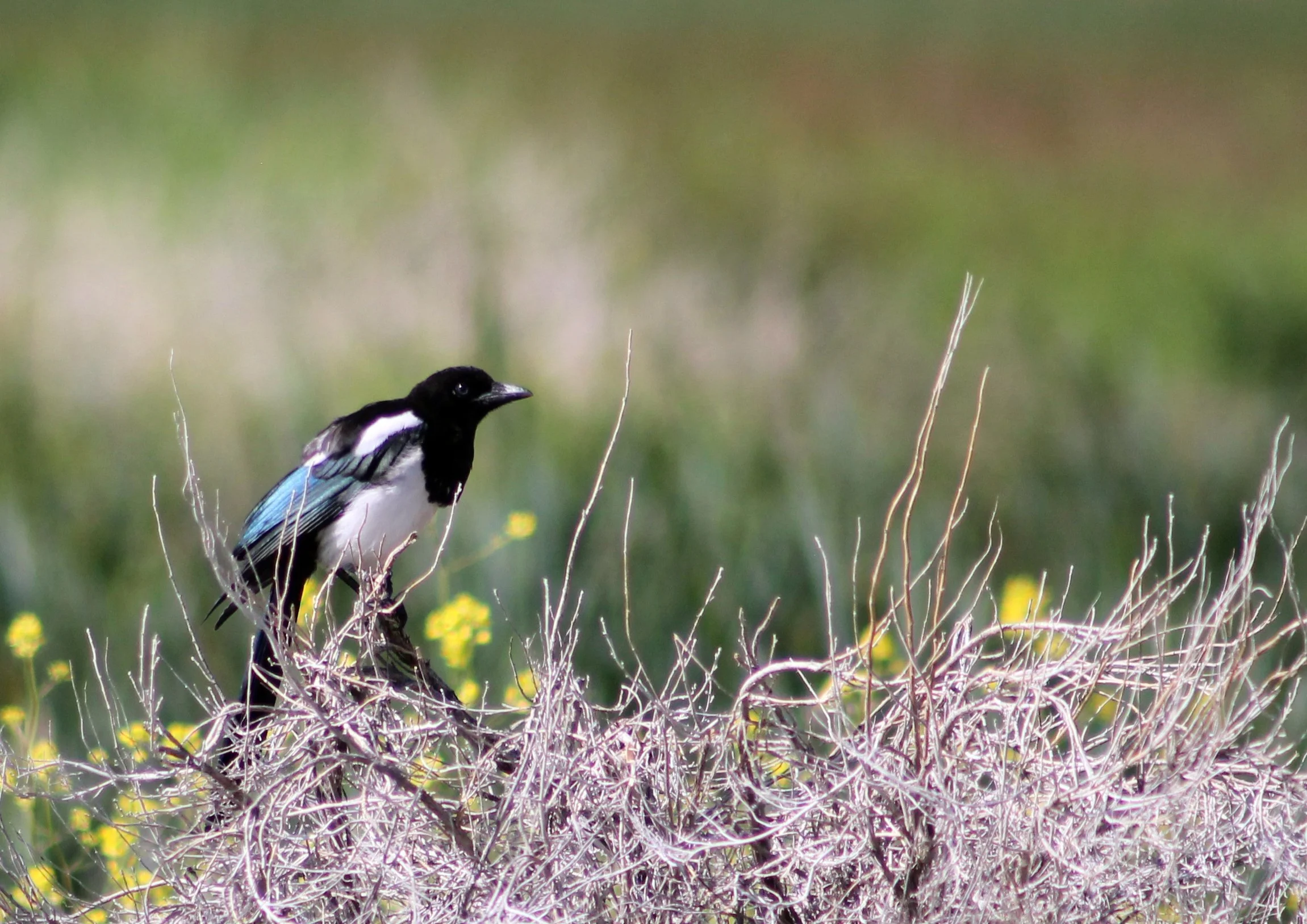Wildlife refuges are in crisis. Learn what’s happening and how you can help protect them—before it’s too late.
National Wildlife Refuge Association Condemns Proposed Transfer Of Camas National Wildlife Refuge To State Control
The National Wildlife Refuge Association vehemently opposes the proposed transfer of Camas National Wildlife Refuge, a part of the National Wildlife Refuge System, to the State of Idaho. The effort, initiated by the Idaho State Legislature, threatens to dismantle nearly 90 years of conservation progress and opens the door to selling off national wildlife refuges and America’s other public lands to the highest bidder.
Trump cuts may cost a trout-brooding, Wyoming toad-rearing federal hatchery its entire staff
Trump Cuts will Hurt Valley Wildlife Refuges and More
One of the great wildlife recovery stories in United States’ history began in the mid-1980s when the U.S. Fish and Wildlife Service (USFW) and other agencies began the Aleutian Cackling Goose recovery program. Then listed as endangered, the Aleutian Goose population had declined to fewer than 700 individuals.











